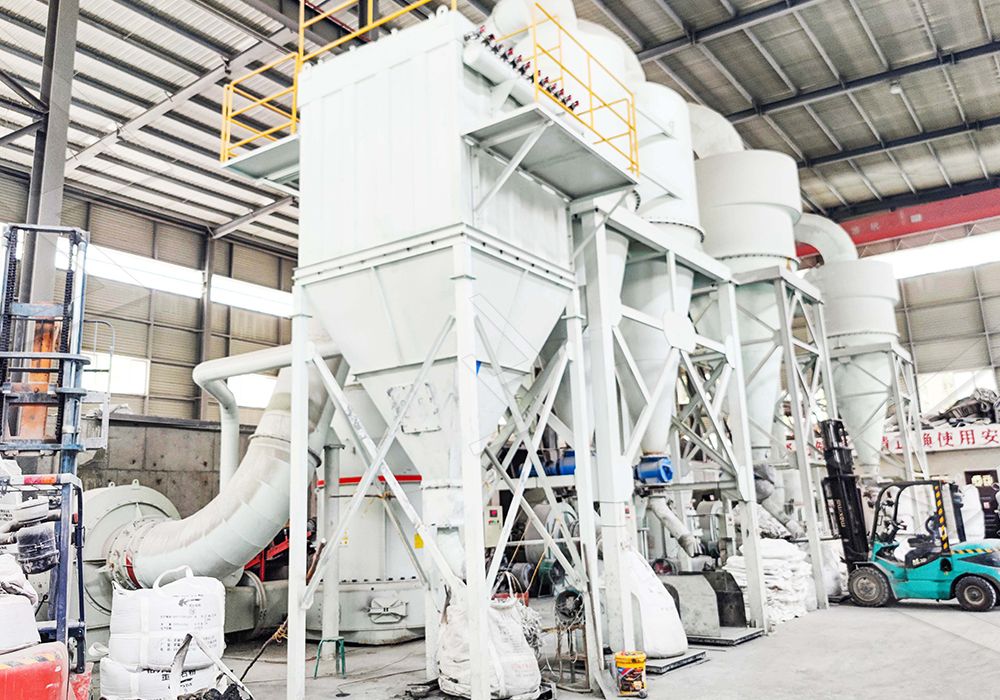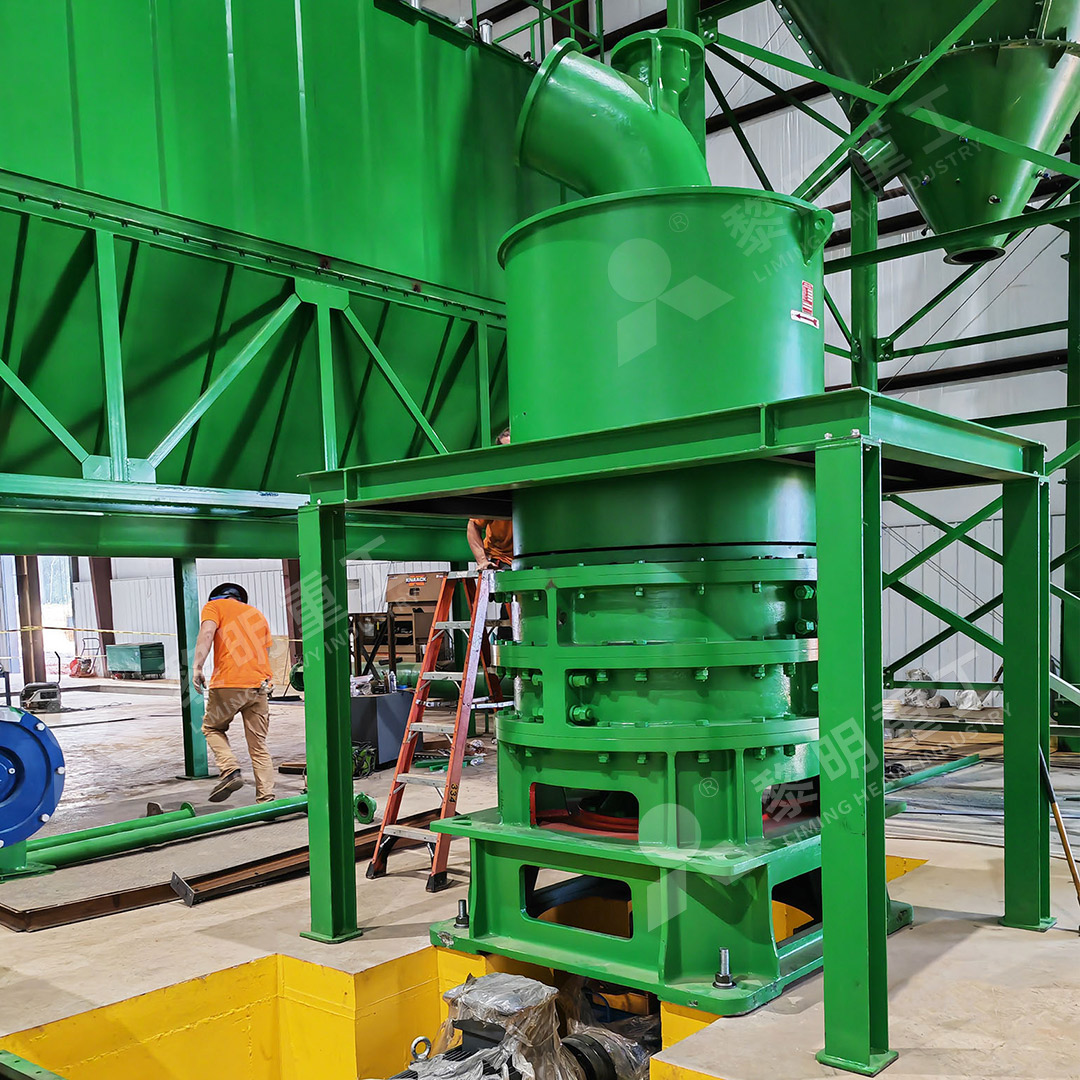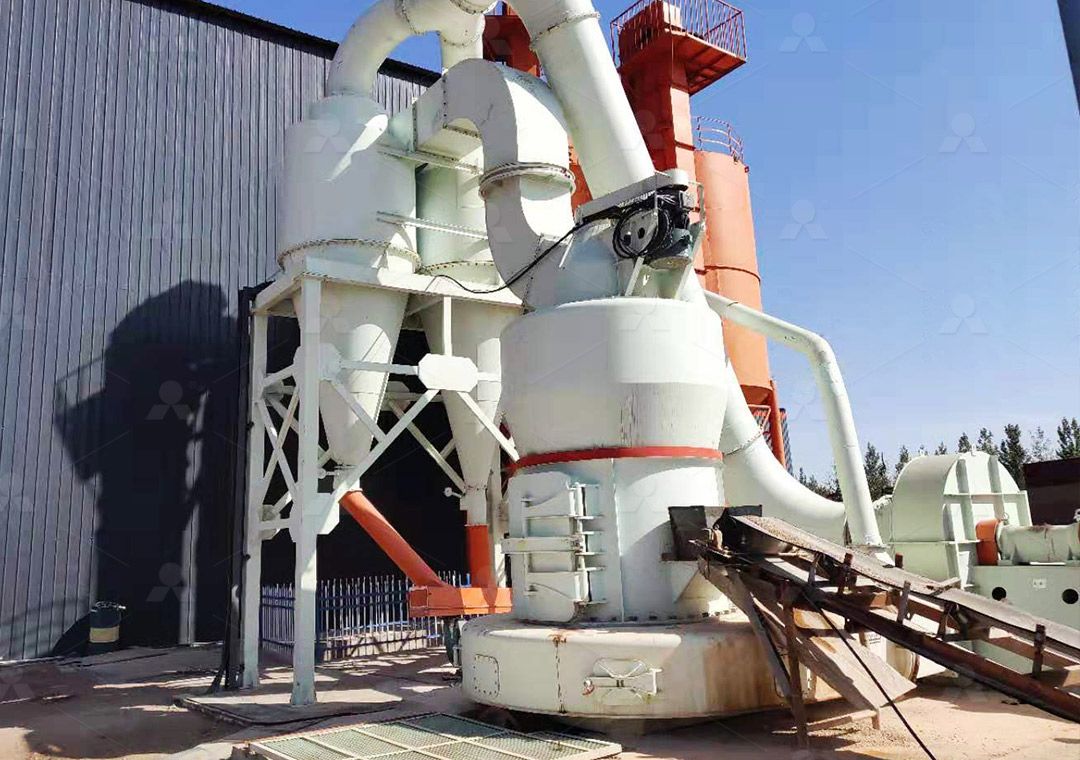High Efficiency Cement Ball Mill Manufacturers | Top Suppliers Guide
Navigating the World of High-Efficiency Cement Grinding Solutions
The cement industry continues to evolve with increasing demands for energy efficiency, environmental compliance, and operational cost reduction. While traditional ball mills have served as workhorses in cement plants for decades, modern grinding technology offers significant advancements that forward-thinking manufacturers should consider.
Today’s leading equipment suppliers have developed innovative approaches to material size reduction that deliver superior performance metrics across multiple dimensions. The evolution from conventional ball mills to advanced grinding systems represents one of the most impactful technological shifts in cement production.

Beyond Traditional Ball Mills: The Efficiency Revolution
Conventional cement ball mills, while reliable, often suffer from high energy consumption and limited flexibility in product fineness adjustment. The grinding industry has responded with designs that integrate multiple processes—crushing, drying, grinding, classifying, and conveying—into single, streamlined systems.
These integrated approaches typically reduce energy consumption by 30-50% compared to traditional ball mills while offering superior control over final product characteristics. The most advanced systems also address environmental concerns through comprehensive dust collection and noise reduction technologies.
Advanced Grinding Solutions for Modern Cement Production
Among the most significant developments in cement grinding technology is the emergence of vertical roller mills and specialized ultrafine grinding systems. These machines offer distinct advantages for specific applications within cement production and related mineral processing operations.
For operations requiring ultra-fine powder production, the MW Ultrafine Grinding Mill represents a technological leap forward. With an input size capacity of 0-20 mm and throughput ranging from 0.5-25 tph, this system is engineered for customers who need to produce precisely controlled ultra-fine powders. The mill features an efficient pulse dust collector and muffler system that minimizes environmental impact while maintaining operational efficiency.

The MW Ultrafine Grinding Mill demonstrates remarkable efficiency gains over traditional technologies. Its newly designed grinding curves enhance grinding efficiency to the point where production capacity is 40% higher than jet grinding mills and stirred grinding mills at the same fineness and power levels. Perhaps most impressively, its yield is twice that of ball grinding mills while system energy consumption is just 30% of comparable jet grinding systems.
Key Selection Criteria for Cement Grinding Equipment
When evaluating grinding equipment for cement applications, several factors warrant careful consideration:
- Energy Efficiency: Modern mills should demonstrate significant power savings over traditional ball mills, with documented reductions of 30-50%
- Product Flexibility: The ability to adjust fineness across a wide range (e.g., 325-2500 meshes) provides operational adaptability
- Environmental Compliance: Integrated dust collection and noise reduction systems are no longer optional features
- Maintenance Requirements: Designs that minimize downtime through external lubrication and easy access to wear parts
- Space Utilization: Compact footprints that reduce facility requirements by up to 50% compared to ball mill systems
Another noteworthy solution for specialized applications is the LUM Ultrafine Vertical Grinding Mill, which integrates ultrafine powder grinding, grading and transporting in a single system. With its input size of 0-10 mm and capacity of 5-18 tph, this mill incorporates the latest grinding roller technology and German powder separating technology for exceptional performance in superfine dry powder production of non-metal ores.

The Future of Cement Grinding Technology
As cement manufacturers face increasing pressure to improve sustainability metrics while maintaining profitability, the adoption of high-efficiency grinding technology becomes increasingly strategic. The most forward-thinking operations are moving beyond incremental improvements to embrace fundamentally different approaches to material size reduction.
Digitalization represents another frontier in grinding technology advancement. Modern mills increasingly feature sophisticated control systems that optimize performance in real-time, while precision manufacturing techniques ensure exceptional reliability and longevity of critical components.
Frequently Asked Questions
What are the primary advantages of modern grinding mills over traditional ball mills?
Modern grinding systems typically offer 30-50% energy savings, reduced footprint (up to 50% less space), superior product quality control, integrated environmental controls, and lower maintenance requirements compared to traditional ball mills.
How does the MW Ultrafine Grinding Mill achieve such significant energy savings?
The MW Mill incorporates newly designed grinding curves of the grinding roller and ring that enhance grinding efficiency. Its cage-type powder selector technology improves separation precision, while the absence of rolling bearings and screws in the grinding chamber eliminates common failure points that consume excess energy.
What materials can be processed with advanced grinding systems like the MW Ultrafine Grinding Mill?
These systems handle various materials including limestone, calcite, dolomite, petroleum coal, gypsum, barite, marble, talc, and coal powder. They also serve applications in chemical industries, paint, cosmetics, medicine, and food additives.
How important are environmental considerations in modern grinding mill design?
Environmental performance is now a critical design criterion. Modern systems like the MW Ultrafine Grinding Mill incorporate efficient pulse dust collectors and mufflers to eliminate dust pollution and reduce noise, ensuring compliance with stringent environmental standards.
What maintenance advantages do contemporary grinding mills offer?
Advanced designs feature external lubrication systems that allow maintenance without shutdown, reversible structures for easier component replacement, and designs that eliminate common failure points like rolling bearings in the grinding chamber.
